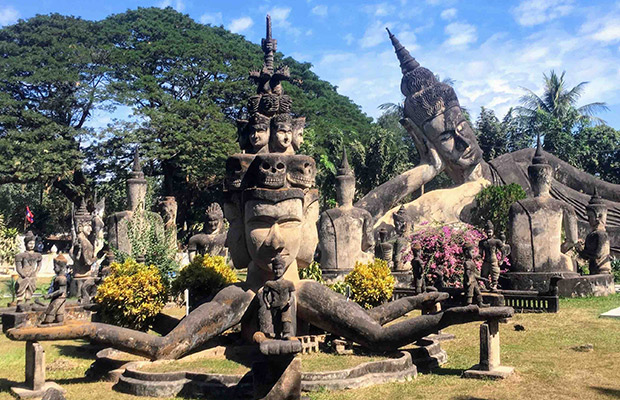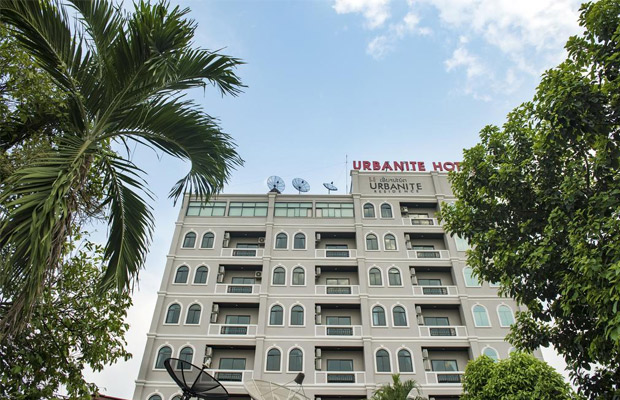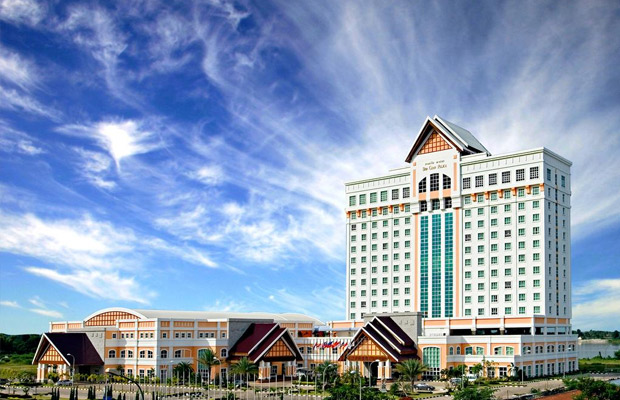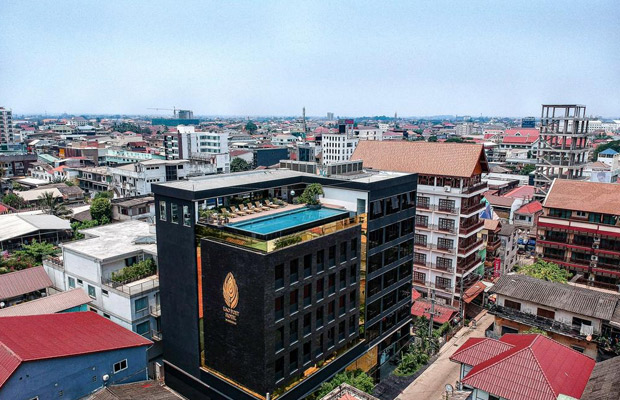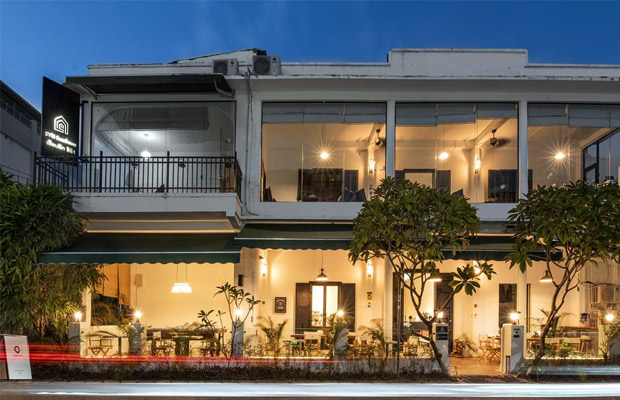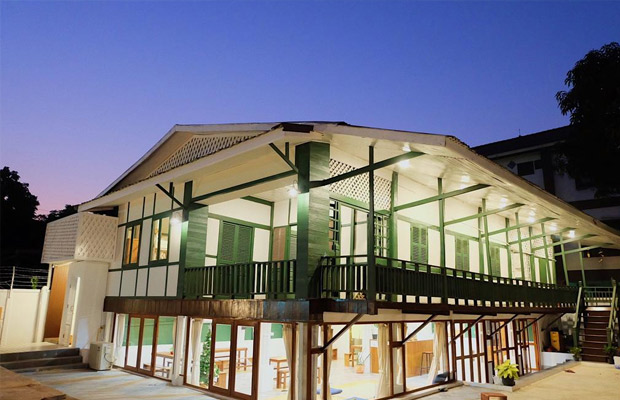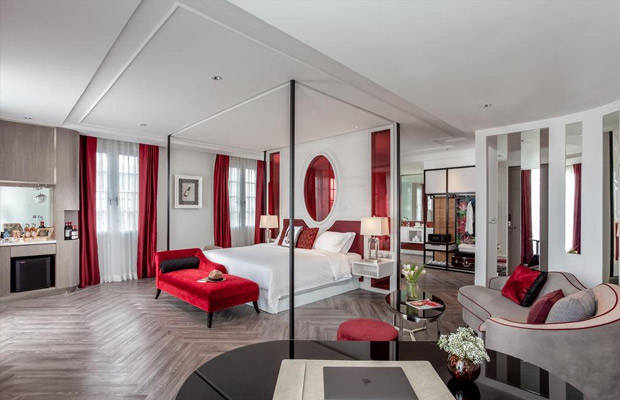Wat Si Muang
Wat Si Muang
Laos
Vientiane
Vientiane Travel Guide
Book Tour & Activities
Your tour in Vientiane.
Book your stay
Your hotel in Vientiane.
Overview
Wat Si Muang is a Khmer temple with a fascinating legend that still holds great significance among the Laotian community. The gold structure was built in 1563, during the reign of King Setthathirat.
The temple’s name comes from a young woman, Si Muang, who sacrificed herself over 400 years ago to appease angry spirits. She threw herself into a hole in the ground where the building’s central pillar was to be placed, and was crushed when the massive pillar was lowered into position.
The most frequently used grounds in Vientiane are those of Wat Si Muang, the site of the lák méuang (city pillar), which is considered the home of the guardian spirit of Vientiane. The large sǐm (ordination hall; destroyed in 1828 and rebuilt in 1915) was constructed around the lák méuang, and consists of two halls.
As this central pillar also formed the centre of the town, Wat Si Muang is also called the ‘mother temple’ of Vientiane. There is a small statue of Si Muang behind the building, along with a heap of bricks that are said to date back to her time.
The temple is next to King Sisavang Vong's monument, which you can visit by passing a gate within the temple grounds. Wat Si Muang serves the local Buddhist community, and has several stalls at the entrance selling bananas, coconuts, flowers, incense and candles for offerings.
During That Luang Festival, which takes place in October or November, the temple is one of the focal points of the celebrations. Wat Si Muang attracts those looking to have their wishes granted. Locals believe that if you pray for something and it gets granted, you’re required to return to the temple to make offerings.
The large entry hall features a copy of the Pha Kaeo (Emerald Buddha), and a much smaller, rather melted-looking seated stone Buddha that allegedly survived the 1828 inferno. Locals believe it has the power to grant wishes or answer troubling questions, and the practice is to lift it off the pillow three times while mentally phrasing a question or request. If your request is granted, then you are supposed to return later with an offering of bananas, green coconuts, flowers, incense and candles (usually two of each).
The pillar itself is located in the rear hall, and is believed to date from the Khmer period, indicating the site has been used for religious purposes for more than 1000 years. Today it is wrapped in sacred cloth, and in front of it is a carved wooden stele with a seated Buddha in relief.
Behind the sǐm is a crumbling laterite jęhdii (stupa), almost certainly of Khmer origin. In front of the sǐm is a little public park with a statue of King Sisavang Vong (r 1904–59).
History
The temple was built in 1563, in the former Kingdom of Lan Xang.
Located near the eastern entrance to the city center, on the road leading from the Friendship Bridge to Thailand, the small temple was built on the ruins of a Khmer Empire Hindu shrine, the remains of which can be seen behind the ordination hall.
A statue of King Sisavang Vong stands in front of Wat Simuang.
There is a legend that pregnant women at the time of construction were given to as sacrifice to God.
Wat Si Muang
- Open: Daily from 6am to 7pm
- Address: 15 Rue Bourichane, Vientiane, Laos
- Opened: 1563
- Phone: +856 20 99 690 409
Video Travel Inspiration
See Wat Si Muang on Map
Most Popular Cities

Siem Reap
Cambodia
Ho Chi Minh City
Vietnam
Beijing
China
Paris
France
London
United Kingdom
New York
USA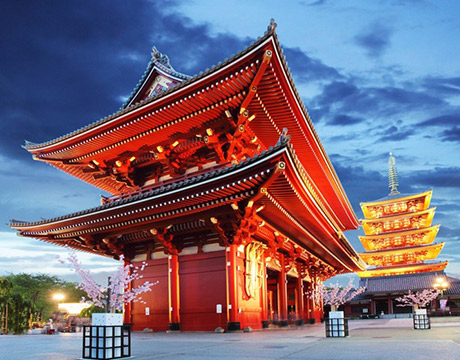
Tokyo
Japan
Bangkok
Thailand
Seoul
South Korea
Vientiane
Laos
Yangon
Myanmar
Washington DC
USA
Los Angeles
USA
Ottawa
Canada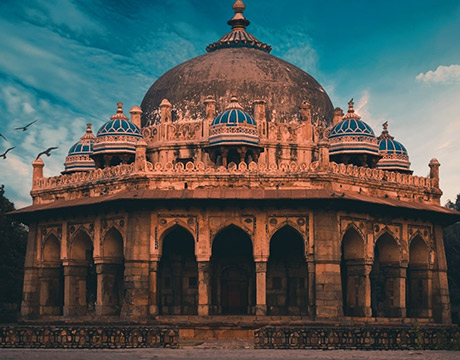
New Delhi
India
Singapore
Singapore
Kuala Lumpur
Malaysia
 English
English French
French Khmer
Khmer Thai
Thai Vietnamese
Vietnamese Chinese
Chinese Korean
Korean German
German Japanese
Japanese Italian
Italian Russian
Russian Spanish
Spanish Dutch
Dutch Indonesian
Indonesian Malay
Malay



